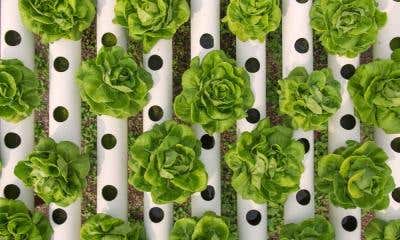The Role of Sunlight in Cannabis Growth
Sunlight is the primary source of energy for photosynthesis, the process through which plants convert light into chemical energy. Cannabis plants require sufficient light to produce energy and build biomass. In addition, sunlight influences the production of essential compounds like cannabinoids and terpenes, which contribute to the plant's medicinal and aromatic properties.
Full-Sun vs. Partial-Sun Locations
Ideally, outdoor cannabis plants should be positioned in areas that receive full sun exposure. Full sun means a minimum of 6-8 hours of direct sunlight per day. However, if your growing space has limited sunlight, such as a balcony or shaded garden, you can still cultivate cannabis by choosing strains that are more tolerant of partial sun or shade conditions.
Sunlight and Photoperiodic Control
Sunlight duration plays a critical role in the transition from vegetative growth to flowering in cannabis plants. The length of uninterrupted darkness, often referred to as the "dark period," triggers the flowering response. For most cannabis strains, a minimum of 12 hours of darkness is required to initiate flowering. Understanding the natural light cycle of your region is essential for timing your outdoor cultivation.
Optimizing Sunlight Exposure
To maximize sunlight exposure for your outdoor cannabis plants, consider the following tips:
-
Orientation: Position your plants in a location that receives the maximum amount of sunlight throughout the day. Orient them in a way that minimizes shading from surrounding structures or vegetation.
-
Plant Spacing: Adequate spacing between plants ensures that each plant receives sufficient sunlight. Crowded plants can shade one another, leading to reduced light penetration and compromised growth.
-
Pruning: Regularly prune your plants to remove excessive foliage and lower branches that may block sunlight from reaching the lower parts of the plant. This promotes better light penetration and airflow.
-
Reflection: Utilize reflective materials, such as white surfaces or reflective films, to redirect sunlight towards the lower parts of the plant. This helps to ensure that even the lower foliage receives ample light.
-
Outdoor Microclimates: Be aware of microclimates within your outdoor growing area. Certain spots may have different light exposure levels due to nearby structures, trees, or topography. Adjust plant placement accordingly to optimize sunlight access.
Sunlight Considerations for Autoflowering Strains
Autoflowering cannabis strains have a genetic predisposition to flower based on age rather than changes in light duration. While they do not require strict light schedules, they still benefit from ample sunlight. Providing 18-24 hours of daily light during the vegetative stage can enhance their growth and overall productivity.
Understanding the sunlight requirements of outdoor cannabis plants is essential for successful cultivation. By ensuring sufficient exposure to direct sunlight, optimizing plant spacing, and utilizing reflective techniques, you can maximize the growth and development of your plants. Remember to consider the natural light cycle of your region and select appropriate strains to align with the available sunlight duration. With proper sunlight management, you can cultivate healthy, robust cannabis plants and enjoy a bountiful harvest.
















